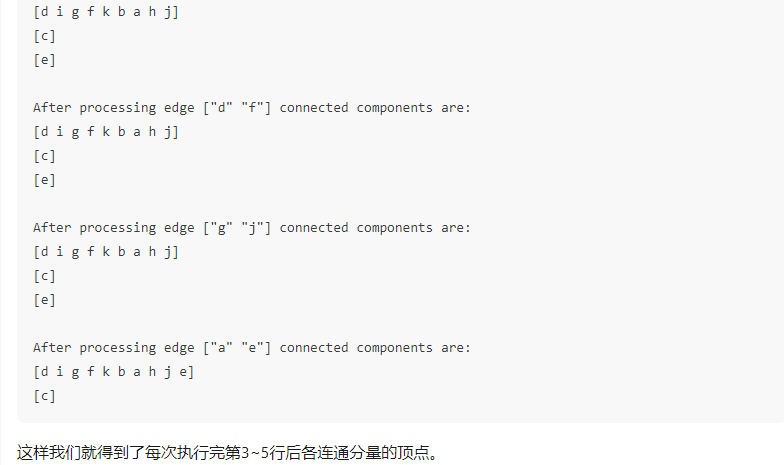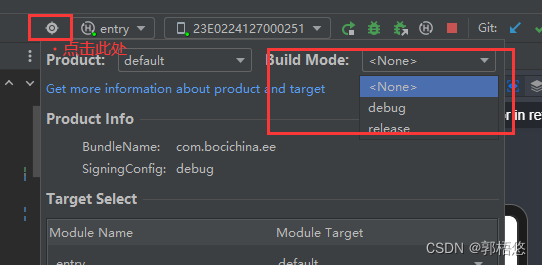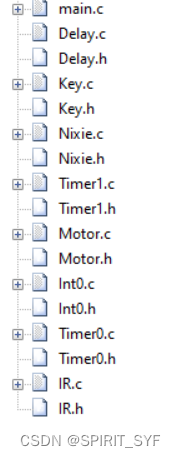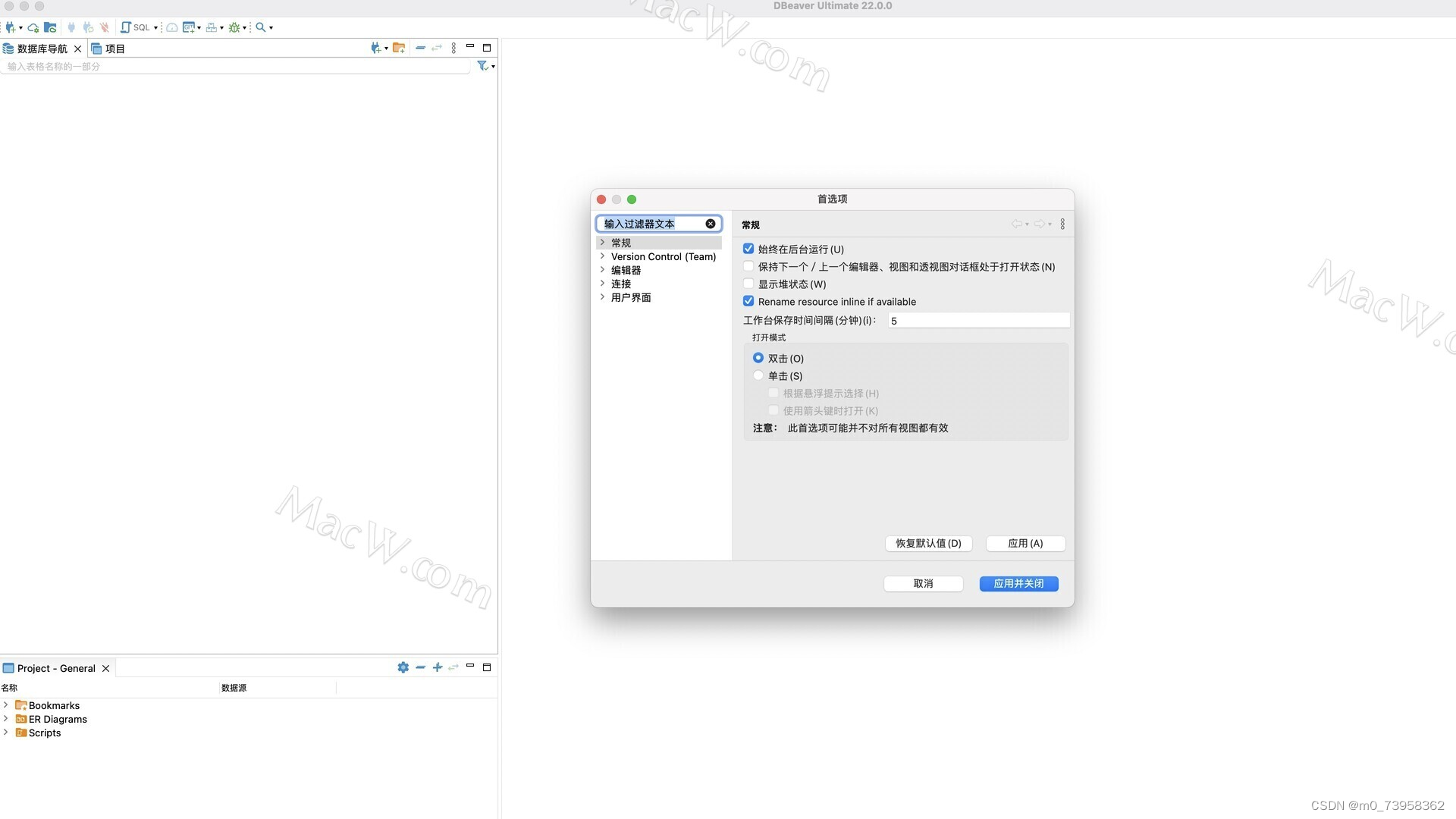PowerPoint作为广泛使用的演示工具,常被用于展示各类数据报告和分析结果,其中,表格以其直观性和结构性成为阐述数据关系的不二之选。然而,在数据分析、文档归档或跨平台分享的场景下,幻灯片中的表格功能难以满足需求,提取其中表格并写入其他文件是更好的处理方法。将表格内容转化为文本或Excel格式能够促进数据的快速流通与理解,同时也为自动化处理和进一步的数据挖掘提供了便利。而使用Python能够帮助我们更高效、精确地提取PowerPoint演示文稿中的表格,还可以实现表格提取的自动话进行。本文将介绍如何使用Python来提取PowerPoint幻灯片中的表格,并将表格数据写入文本文件以及Excel文件。
文章目录
- 用Python提取PPT表格并写入文本文件
- 用Python提取PPT表格并写入Excel工作表
本文所使用的表格提取方法基于Spire.Presentation for Python,PyPI:pip install Spire.Presentation。
用Python提取PPT表格并写入文本文件
该库中的ITable类表示演示文稿中的表格。我们可以遍历演示文稿中的幻灯片,再遍历幻灯片中的所有内容对象(IShape实例),并判断其是否为ITable实例,从而获取演示文稿中的所有表格。获取到表格之后,再使用ITable.TableRow[].TextFrame.Value属性获取表格单元格的数据,即可实现表格的提取。以下是操作步骤:
- 导入所需模块。
- 创建
Presentation实例,使用Presentation.LoadFromFile()方法载入PowerPoint文件。 - 遍历幻灯片,再遍历幻灯片中的内容对象,判断其是否为
ITable实例。 - 遍历
ITable实例中的行,以及行中的单元格,使用TableRow[].TextFrame.Value获取单元格数据。 - 使用单元格数据构建字符串,并写入文本文件。
- 释放资源。
代码示例
from spire.presentation import *
from spire.presentation.common import *
# 创建一个Presentation实例
presentation = Presentation()
# 加载PowerPoint文件
presentation.LoadFromFile("示例.pptx")
tables = []
# 遍历所有的幻灯片
for slide in presentation.Slides:
# 遍历所有的形状
for shape in slide.Shapes:
# 检查形状是否为表格
if isinstance(shape, ITable):
tableData = ""
# 遍历所有的行
for row in shape.TableRows:
rowData = ""
# 遍历行中的所有单元格
for i in range(0, row.Count):
# 获取单元格的值
cellValue = row[i].TextFrame.Text
rowData += (cellValue + "\t" if i < row.Count - 1 else cellValue)
tableData += (rowData + "\n")
tables.append(tableData)
# 将表格写入文本文件
for idx, table in enumerate(tables, start=1):
fileName = f"output/Tables/Table-{idx}.txt"
with open(fileName, "w") as f:
f.write(table)
presentation.Dispose()
提取结果

用Python提取PPT表格并写入Excel工作表
除了将提取到的表格数据写入文本文件外,我们还可以使用Spire.XLS for Python(PyPI:pip install Spire.XLS)将提取到的数据写入到Excel工作表中,并进行其他格式设置及文件转换等操作。以下是操作步骤:
- 导入所需模块。
- 创建
Presentation实例,使用Presentation.LoadFromFile()方法载入PowerPoint文件。 - 创建
Workbook对象从而新建一个Excel工作簿,使用Workbook.Worksheets.Clear()方法清除工作簿中的默认工作表。 - 遍历幻灯片,再遍历幻灯片中的内容对象,判断其是否为
ITable实例。将ITable实例添加到列表中。 - 遍历列表中的
ITable实例,使用Workbook.Worksheets.Add()方法为每个ITable实例创建一个工作表。 - 遍历
ITable实例中的行以及行中的单元格,使用TableRow[].TextFrame.Value获取单元格数据,再使用Worksheet.Range[].Value属性将数据写入到工作表中的对应单元格。 - 进行工作表格式设置。
- 保存Excel工作簿,或将其转换为其他格式的文件。
- 释放资源。
代码示例
from spire.presentation import *
from spire.presentation.common import *
from spire.xls import *
from spire.xls.common import *
# 创建一个Presentation实例
presentation = Presentation()
# 加载PowerPoint文件
presentation.LoadFromFile("示例.pptx")
# 创建一个Excel文件并清除默认工作表
workbook = Workbook()
workbook.Worksheets.Clear()
tables = []
# 遍历所有的幻灯片
for slide in presentation.Slides:
# 遍历所有的形状
for shape in slide.Shapes:
# 检查形状是否为表格
if isinstance(shape, ITable):
tables.append(shape)
# 遍历所有的表格
for t in range(len(ttables)):
table = tables[t]
sheet = workbook.Worksheets.Add(f"Sheet-{t+1}")
for i in range(0, table.TableRows.Count):
row = table.TableRows[i]
for j in range(0, row.Count):
sheet.Range[i + 1, j + 1].Value = row[j].TextFrame.Text
# 自动调整行和列的大小
sheet.AllocatedRange.Style.Font.FontName = "HarmonyOS Sans SC"
sheet.AllocatedRange.Style.Font.Size = 12.0
sheet.AllocatedRange.AutoFitColumns()
sheet.AllocatedRange.AutoFitRows()
# 保存Excel文件
workbook.SaveToFile("output/PresentationTables.xlsx", FileFormat.Version2016)
presentation.Dispose()
workbook.Dispose()
提取结果

本文介绍了如何使用Python提取PowerPoint演示文稿中的表格数据,并写入文本文件或Excel工作簿。
更多PowerPoint演示文稿处理技巧请前往Spire.Presentation for Python教程查看。













![镜像拉取失败:[ERROR] Failed to pull docker image](https://img-blog.csdnimg.cn/direct/f002b1272ced4156b25fa9b88651eab6.png)




